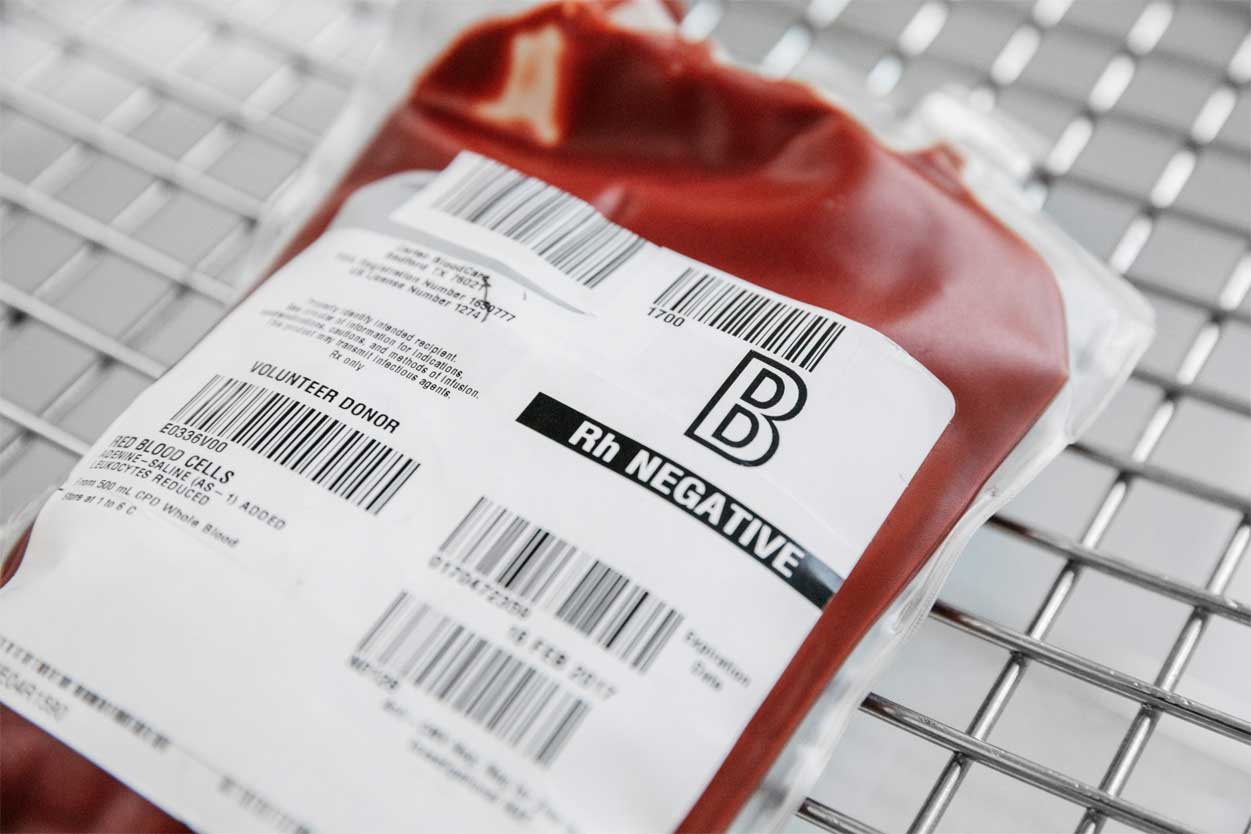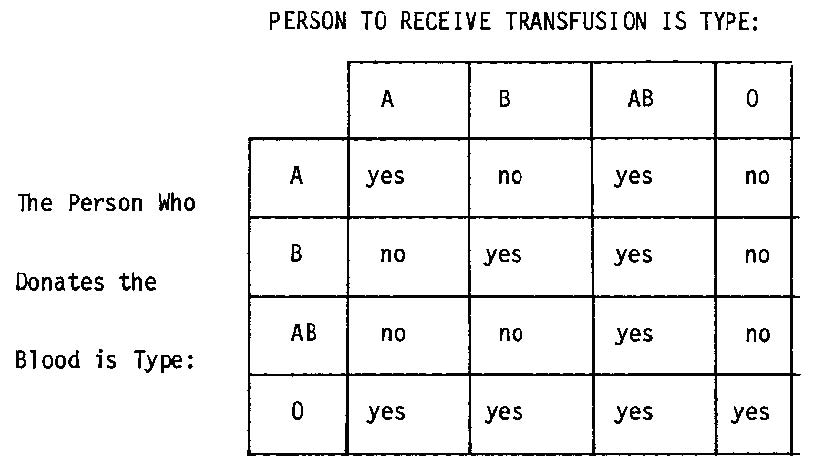

The name derives from a similar but non-identical factor first discovered in rhesus monkeys. The rhesus ( Rh) blood group system classifies a blood type based on whether or not the Rh factor is on the surface of a person’s RBCs. The reason is neither of those antigens is on its red blood cells.

Type O blood contains antibodies against the A, B, and AB antigens of types A, B and AB blood. Type B blood has antibodies against the A antigen on RBCs of type A blood. Individuals with type A blood produce antibodies against the B antigens on the surface of red blood cells of type B blood. The reason is they attack red blood cells that bear antigens foreign to them. 2 Their presence in a person’s plasma is the cause of transfusion reactions. InvictaHOG, via Wikimedia Commons The antibodies that people develop against ABO antigens that are not on the cell membrane of their red blood cells occur naturally. Conversely, if there are two copies of the O gene the membrane of red blood cells will be devoid of ABO antigens. Therefore, when coupled with an A or B gene from one parent, the A or B gene is the expressed one. The O gene is recessive in its expression. But an O gene, when expressed, results in the absence of any antigen.

On the other hand, if one is homozygous (receives the same gene from each parent), there will be an A or B markers on the surface of that person’s red blood cell. For example, if one inherits a gene for the A antigen from one parent and a gene for the B antigen from the other parent, A and B markers will be on the surface of that person’s red blood cells, in which case the blood type will be AB. Much like the HLA genes on chromosome 6, alleles for A and B antigens are codominant. A person inherits a gene from each parent. ABO SYSTEM GENETICSĪ gene locus on chromosome 9 encodes the A and B antigens. The O designation means neither A nor B markers are present. AB indicates the presence of A and B markers. There are only two distinct glycoprotein antigens or markers of the ABO system. With respect to blood types compatibility, the following important tenet applies to both systems:Ī person’s i mmune system produces antibodies against the antigens that are not on the surface of his or her red blood cells. The basis of both is the presence or absence of certain glycoproteins (molecules that are part protein and part carbohydrate) on the surface of red blood cells. 2 But the two main ones are the ABO and Rh ones. There are more than 35 known blood type systems. Genes determine which antigens are present or absent. There are two main systems of blood type antigens. The basis of human blood types (also called blood groups) is the presence or absence of certain antigens on the surface of red blood cells. Whose red blood cells are involved in the reaction depends on the blood types that are mixed. The reason is they react with the antigens on recipient’s or donor’s red blood cells (RBCs).

The presence or absence of natural or induced antibodies in the plasma of the donor or recipient is the determinant. Blood types compatibility is the set of rules that applies to the type or types of blood that people with any one of the eight main blood types can receive or donate without a hemolytic transfusion reaction occurring in the person who receives the blood.


 0 kommentar(er)
0 kommentar(er)
